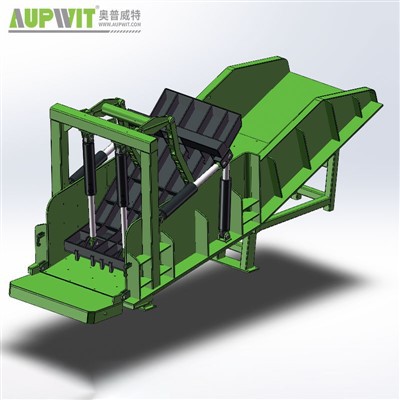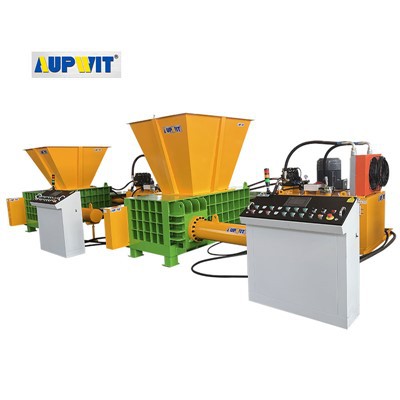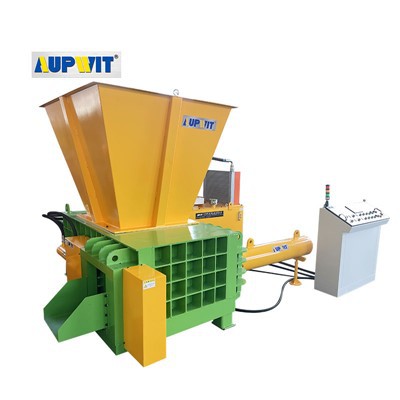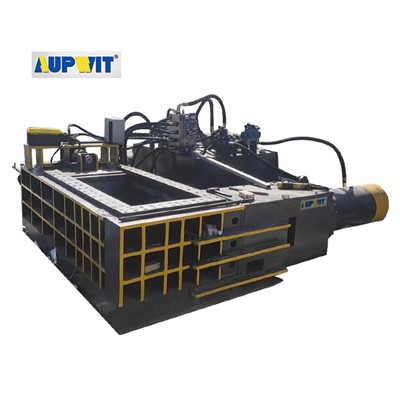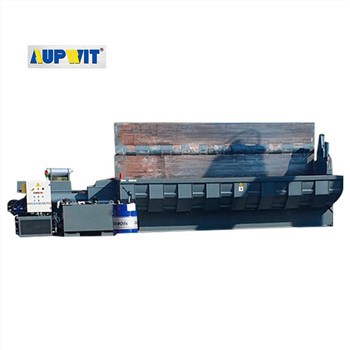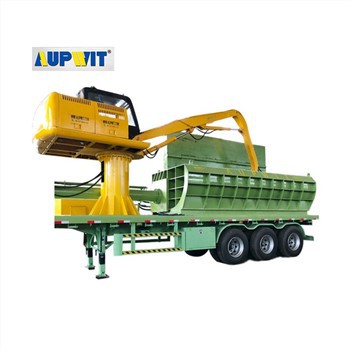To ensure the safe and efficient operation of tire balers, following a set of well - defined steps is crucial. Whether it's a recycling center, a tire dealership, or an industrial site, these procedures will help maximize productivity.
1. Pre - operation Inspection
Before starting the baler, conduct a thorough inspection. Check the hydraulic fluid levels, as insufficient fluid can impede the compression process. Examine the electrical connections to avoid potential malfunctions. Inspect the baling chamber for any debris or damaged parts. Additionally, ensure that the area around the baler is clear of obstacles to prevent accidents.
2. Tire Sorting and Preparation
Sort the tires based on size and type. This step simplifies the baling process, as tires of similar dimensions are easier to compress. Remove any foreign objects such as metal studs or large pieces of dirt from the tires. Stack the sorted and cleaned tires near the baler for easy access.
3. Machine Setup
Power on the baler and let it warm up for a few minutes. Adjust the compression settings according to the type of tires being processed. For larger or more rigid tires, a higher compression force may be required. Set the desired bale size, which can usually be adjusted using the control panel.
4. Loading and Compression
Load the tires into the baling chamber. Make sure to distribute the tires evenly to achieve a balanced bale. Close the chamber door securely. Activate the compression cycle using the control panel. Monitor the compression process to ensure that it proceeds smoothly. Once the desired compression level is reached, the baler will automatically stop.
5. Bale Securing and Ejection
After compression, secure the bale with baling wire or straps. This prevents the bale from unraveling during transportation. Eject the bale from the chamber using the ejection mechanism. Move the bale to a designated storage area.
6. Post - operation Maintenance
Turn off the baler and clean the machine. Remove any remaining debris from the baling chamber. Regularly maintain the baler by checking for wear and tear on components and replacing them as needed. This helps extend the lifespan of the baler and ensures its continued efficiency.


